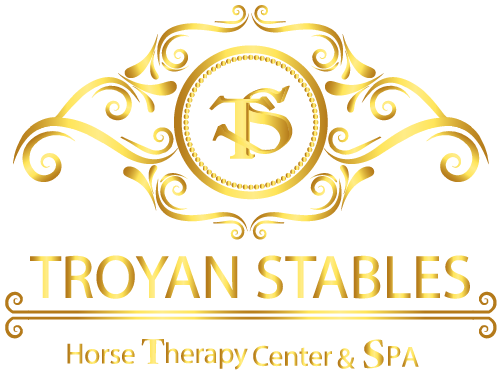TS
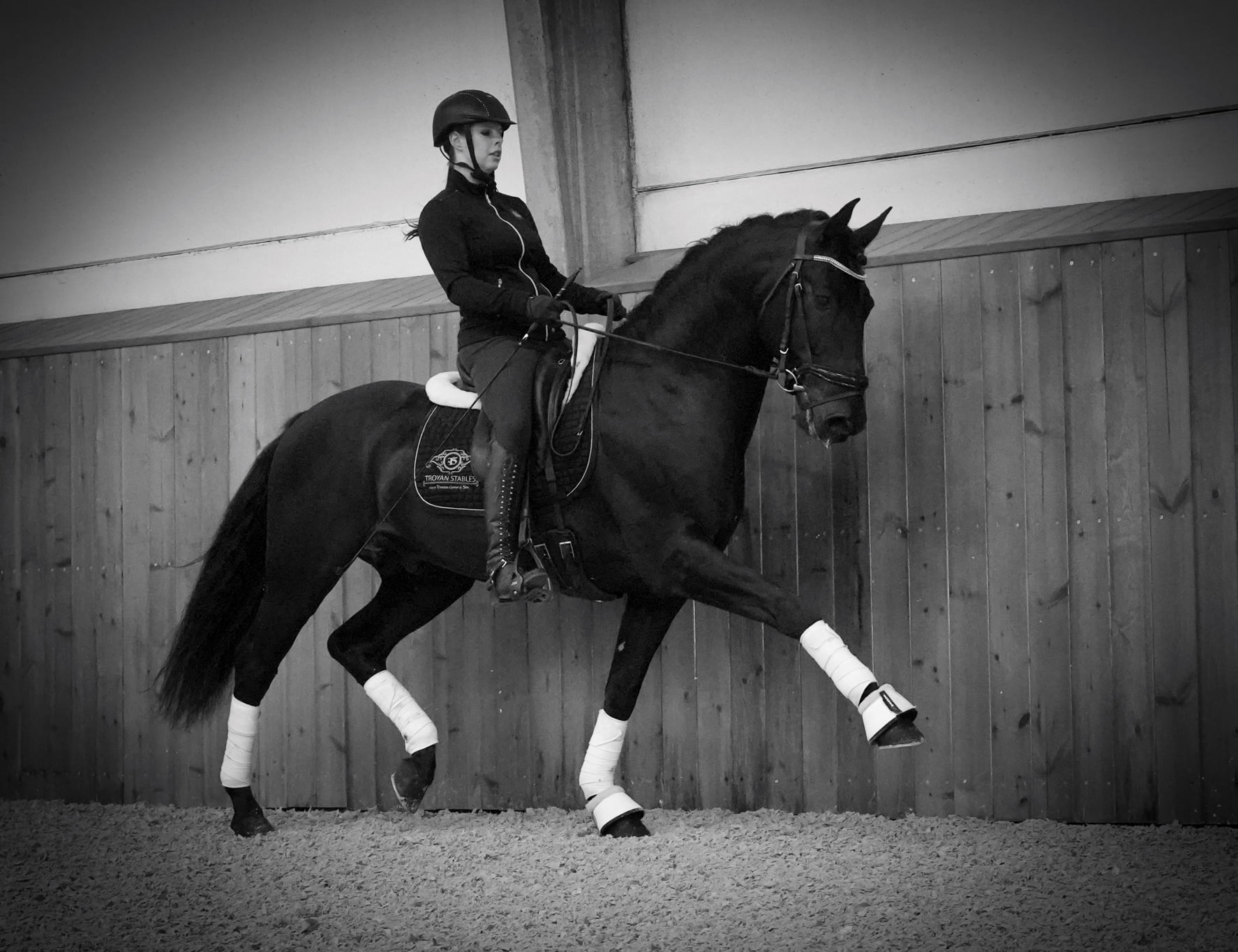
CONFORMATION AND QUALITY OF THE MOVEMENT
Usually our mature clients look for a beautiful and typical Iberian horse with three correct paces (walk, trot and canter). Normally this type of client seeks for a horse under 10.000 €.
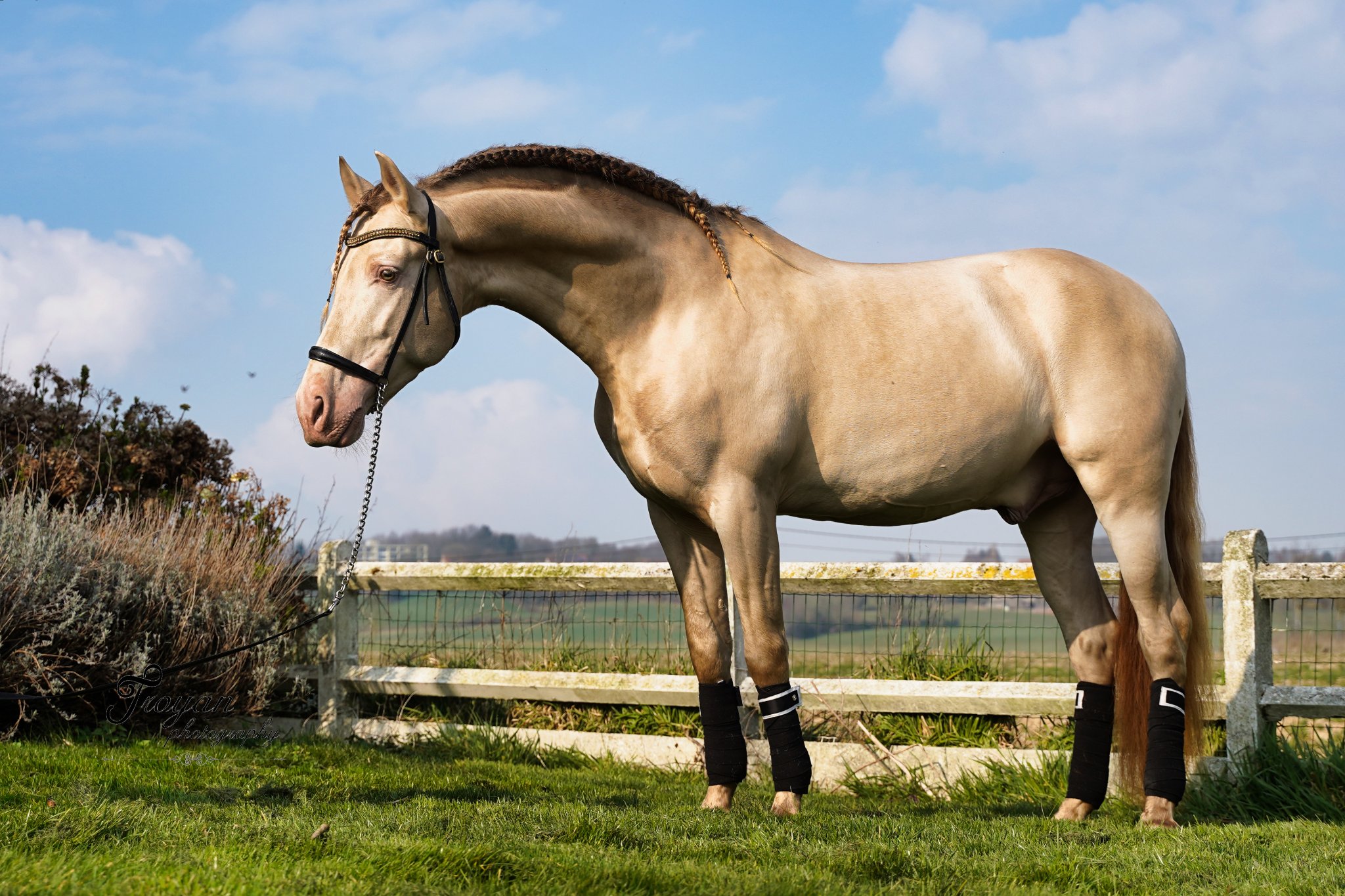
COLOR
The prices increase normally like shown in the scale below:
Grey – Brown – Black – Chestnut – Buckskin – Perlino, Palomino, Isabel.
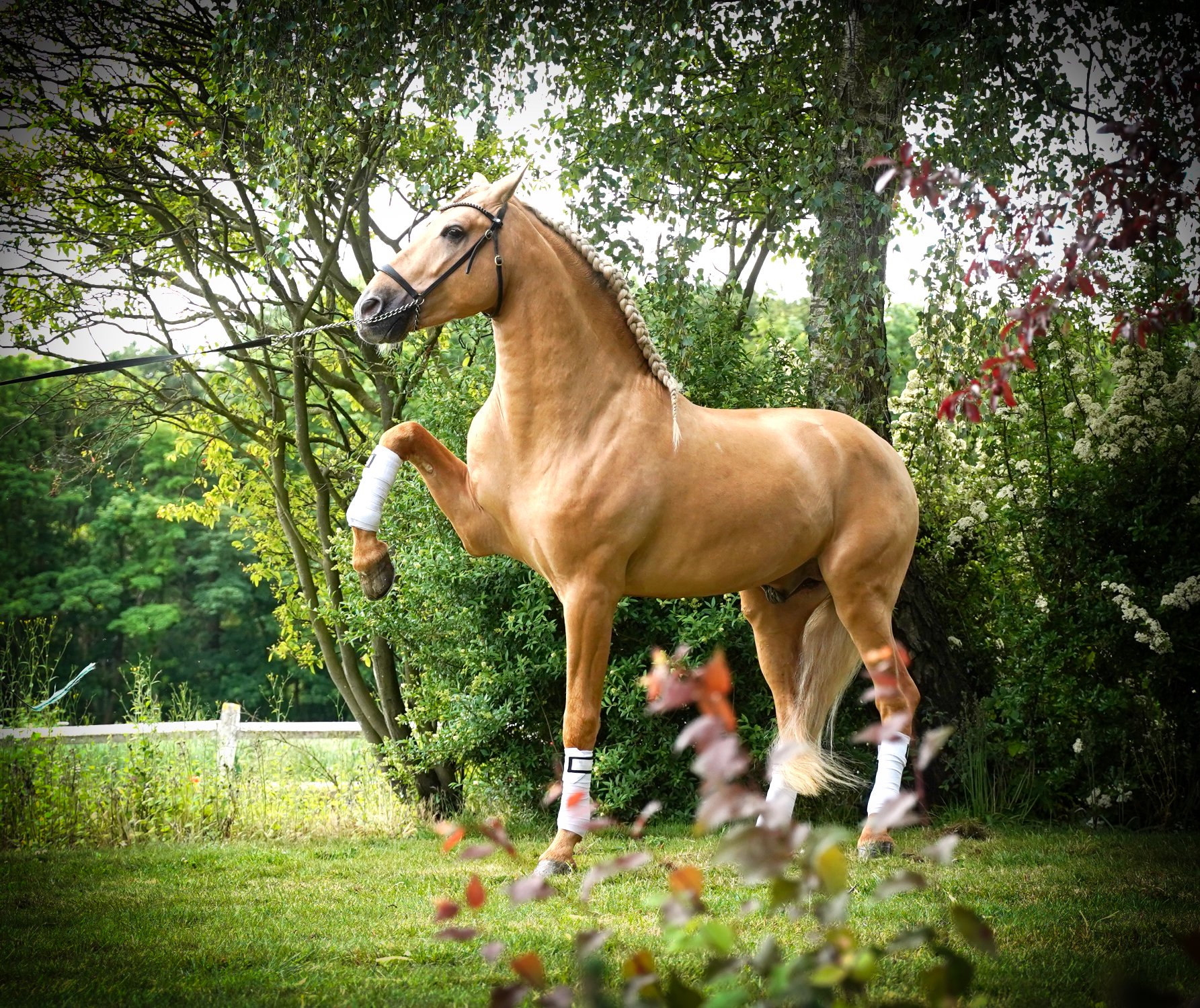
BLOODLINES AND CONFORMATION
We should be aware that a high percentage of customers is interested in purchasing a horse suitable for presenting at morphology shows and breeding. Thus the horses with morphofunctional skills which allow them to obtain high position in the conformation shows will be in a higher price range. Also contrasting bloodlines can raise the value of a horse.
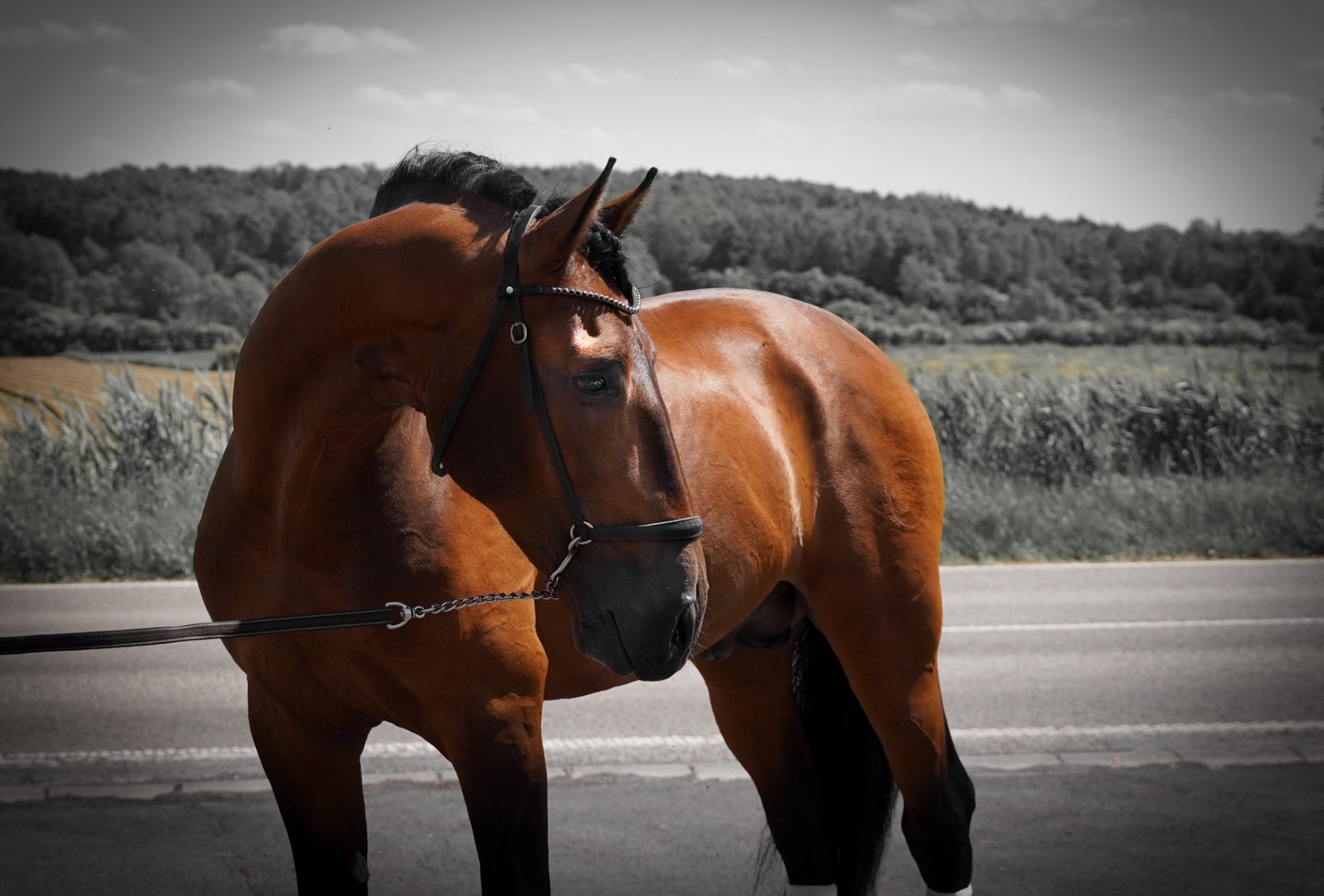
HEIGHT
Currently the majority of our customers look for horses higher than 165 cm. Because it’s difficult to locate tall horses with certain beauty and quality they are also higher priced.
The other extreme is that most horses between 150 and 155 cm are normally to buy on economical prices and we might take these chances to offer interesting horses at a lower price range. These horses are usually very beautiful, show a good conformation and able to be trained well.
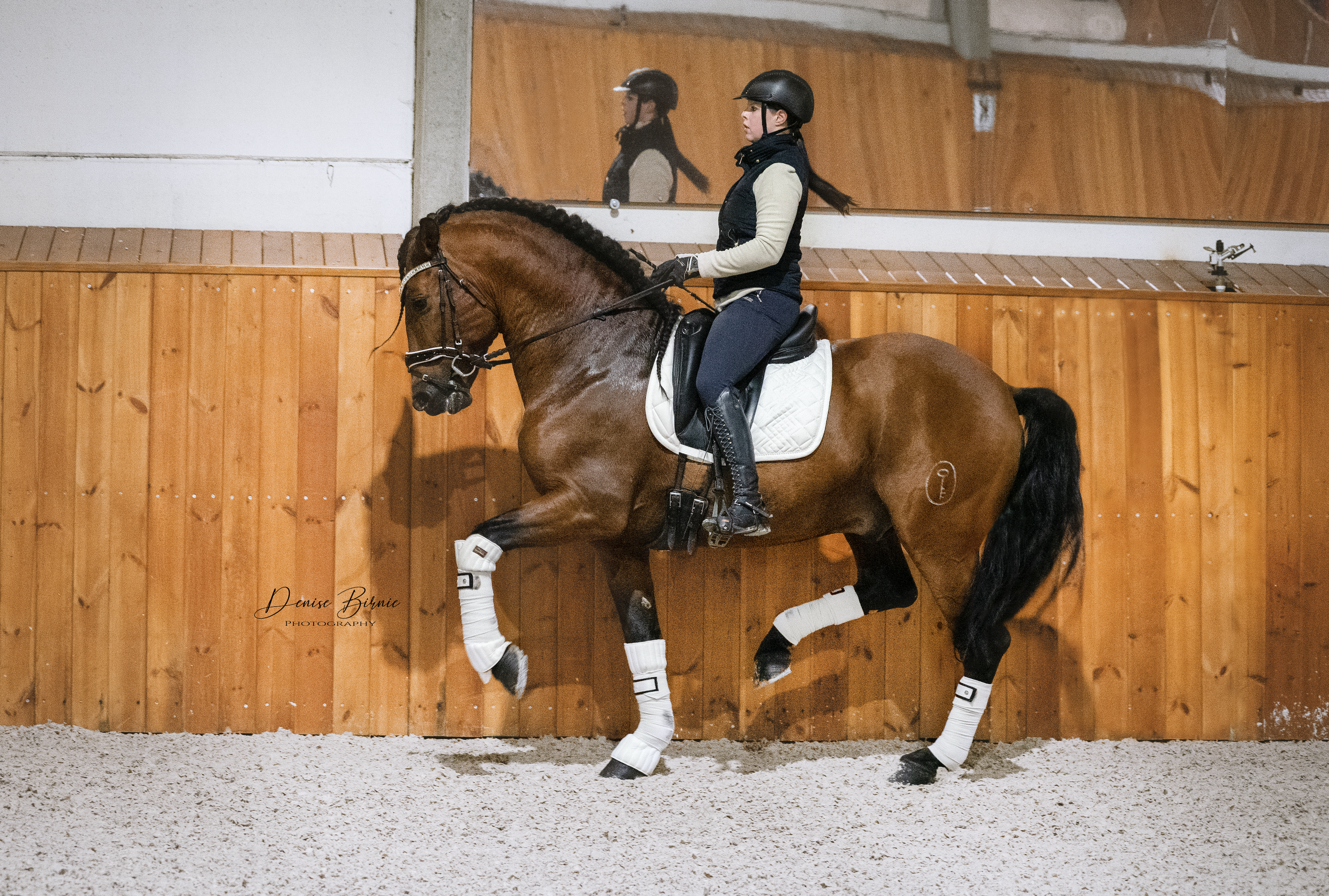
TRAINING LEVEL
Usually this type of client looks for a young horse with three gaits serving for classical dressage competitions. There is also demand for horses trained in higher levels of dressage and schoolmaster in order to start competing right away or training these riding levels. In this category we find a lot of different price ranges depending on training levels, quality of the movements and competition record the horse eventually comes with. The prices are comparable with the prices of European warmbloods.
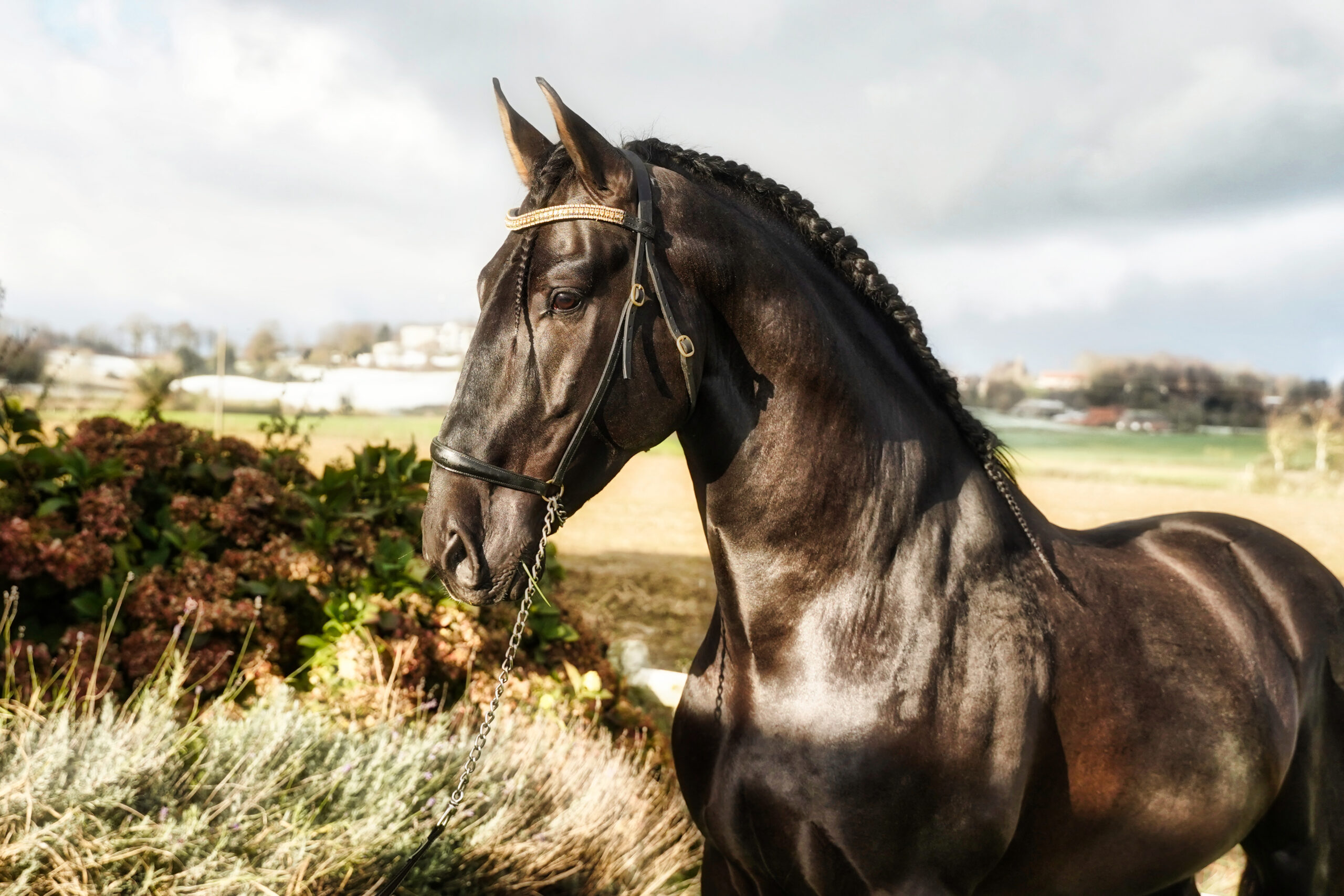
AGE
The value of a horse normally increases until it is 6 -7 years old, preserves between 7-10 years and decreases when 10 years and older. Most of the clients search for horses under 10 years old. Please consider this fact while adjusting the price for older horses.
